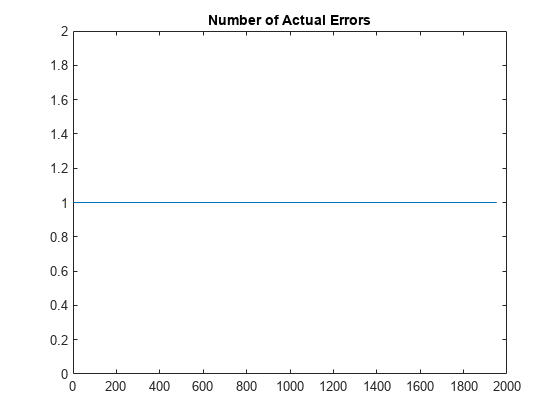bchdec
BCH decoder
Syntax
Description
decoded = bchdec(code,N,K) code using an
(N,K) BCH decoder with the
narrow-sense generator polynomial. Parity symbols are at the end and the leftmost
symbol is the most significant symbol.
In the decoded Galois field array, each row represents the
attempt at decoding the corresponding row in code.
Examples
Input Arguments
Output Arguments
More About
Tips
Algorithms
bchdec uses the Berlekamp-Massey decoding algorithm. For
information about this algorithm, see the works listed in References.
References
[1] Wicker, Stephen B. Error Control Systems for Digital Communication and Storage. Upper Saddle River, NJ: Prentice Hall, 1995.
[2] Berlekamp, Elwyn R. Algebraic Coding Theory. New York: McGraw-Hill, 1968.
Version History
Introduced before R2006a
